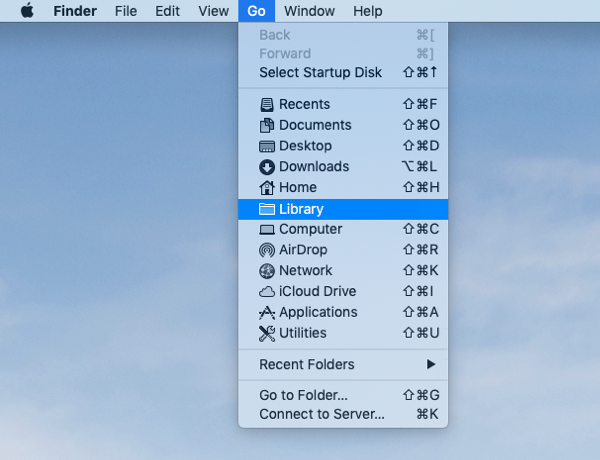

Additionally, locking an entire folder applies the setting to everything within it, protecting all contained items from accidental alteration. Launch Terminal using the Spotlight keyboard shortcut of Command and Spacebar, or go to the Utilities folder under Applications through Finder. Commands entered into Terminal provide almost unlimited access to most files stored on the system. Here’s how the feature works: locking a document or other editable item means you can open the file and read the content, but macOS will prevent you from making any changes. Some experienced Mac users recommend built-in commands for most tasks. Related: Tips for Managing Files or Folders in Finder on Your Mac Even if you’re a solo user, accidents do happen, and any extra layer of protection against data loss is worth the effort. If you need to search for files in OS X, one option it is to use the OS X Terminal application and some of its services. Since the Library automatically saves Microsoft Office documents as hidden files, you may see a large number.
#How to see files on mac terminal how to#
If you share your user account with other people, locking your most valuable items may be beneficial. How to hide files on a Mac using Terminal. I mentioned above that file types are associated with. Bonus Tip: How to Associate a File Type with an Application. Press Return to open the file with its associated app. Type open, then a space, then drag the file onto the Terminal window.

#How to see files on mac terminal full#
When run, these commands will search for a specific query and then output the full path to all resulting files that. The three that will be most useful in OS X are the find command, the mdfind command, and the locate command. The usefulness of the feature will depend on how you and others use your device. There’s a quicker way to do this, if you can see the file in the Finder. In the Terminal, as with all tasks, finding files requires you know how to use a few basic commands. Along with that, I want a way to see all hidden files just using a terminal command, no matter hidden by the computer or hidden by the user using chflags. Open a file with the File->Open menu item, then when you see the macOS window to pick a file, press shift-command-period to toggle hidden files on and off. The main reason for locking files and folders in macOS is to avoid accidentally altering or deleting important items. After you restart your Terminal, you can now open files in Sublime Text with s /.zshrc, or the entire current directory with s. Reasons for Locking Files and Folders in macOS Let’s take a look at file locking in more detail and discuss how each method works. In macOS, you can use Finder and Terminal to lock files and folders to protect the most important ones. Does your Mac hold important data? Do others use your device? Are you prone to accidentally altering or deleting critical files? In any case, locking down your most valuable files can help prevent data loss and future frustration.


 0 kommentar(er)
0 kommentar(er)
